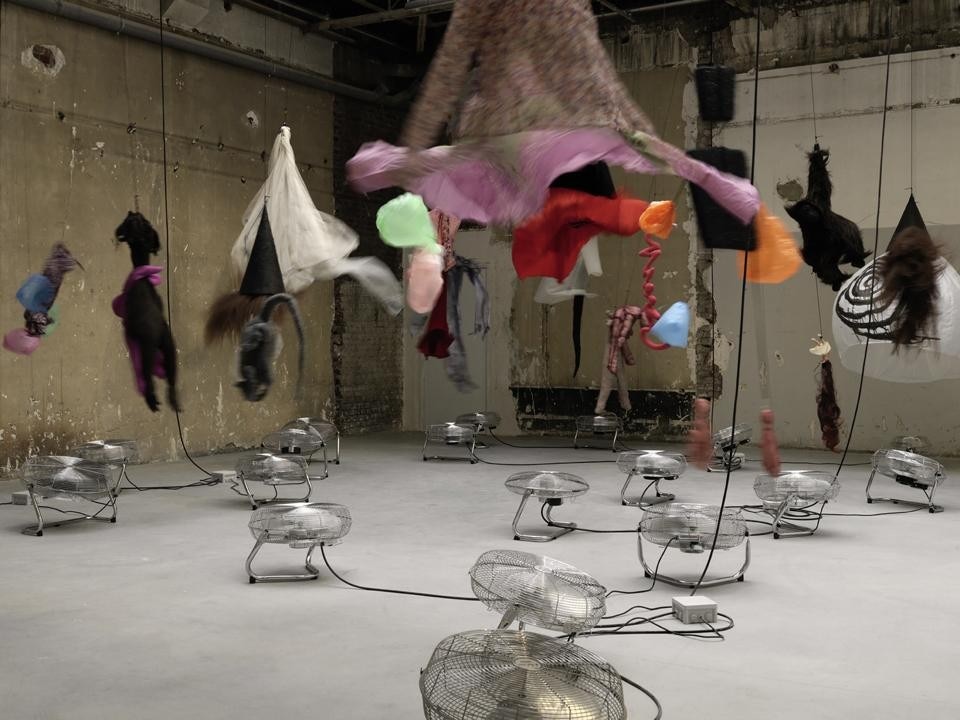The Musée Galliera boasts a colossal work by El Anatsui covering the facade of its splendid pavilion-construction site. A pervasive presence of installations and proposals — an online La Triennale newsletter and intense media cultural activity on the sidelines — is planned in the hope that the public will fully enjoy this high-profile artistic "spring-summer". From the Louvre to the mediatised suburbs, La Triennale inherits the difficult political mission of highlighting the innovating nature of the French scene with an event first launched in 2006 and clumsily named La Force de l'Art [The Strenght of Art].
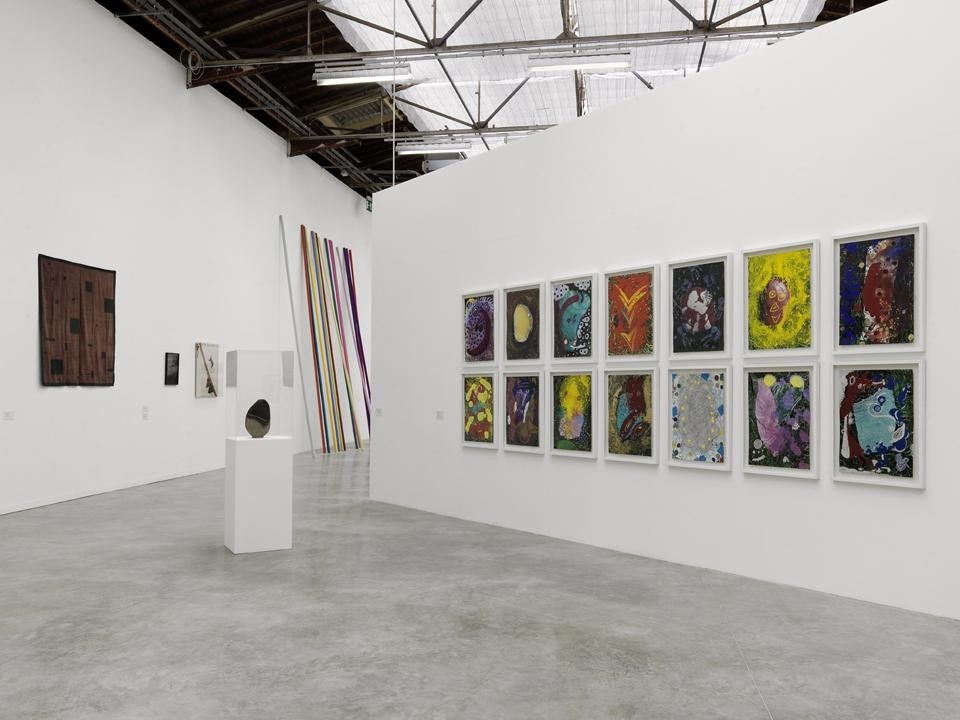
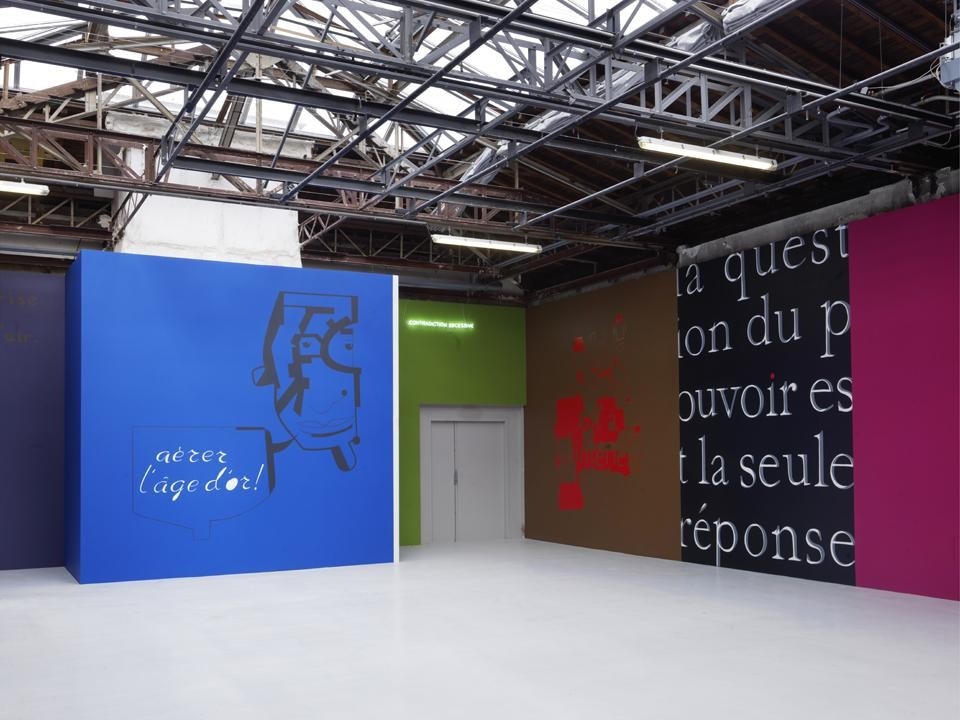
The ethnographic filter adopted by the curator works on paper and the catalogue is magnificent but the narrative becomes far less interesting when it evolves and unfolds through the rooms
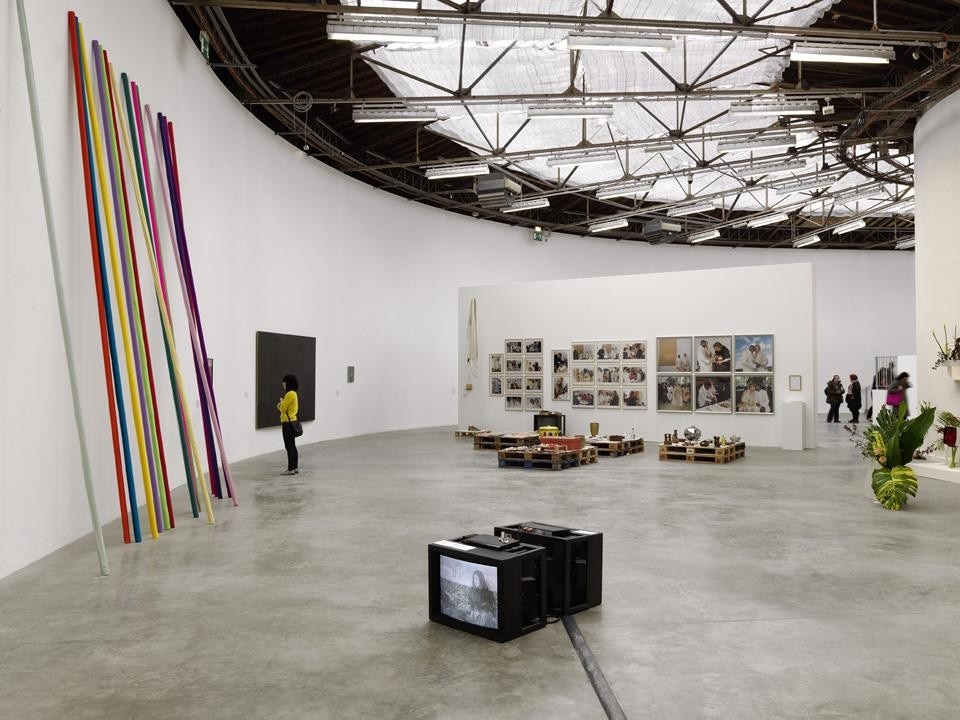
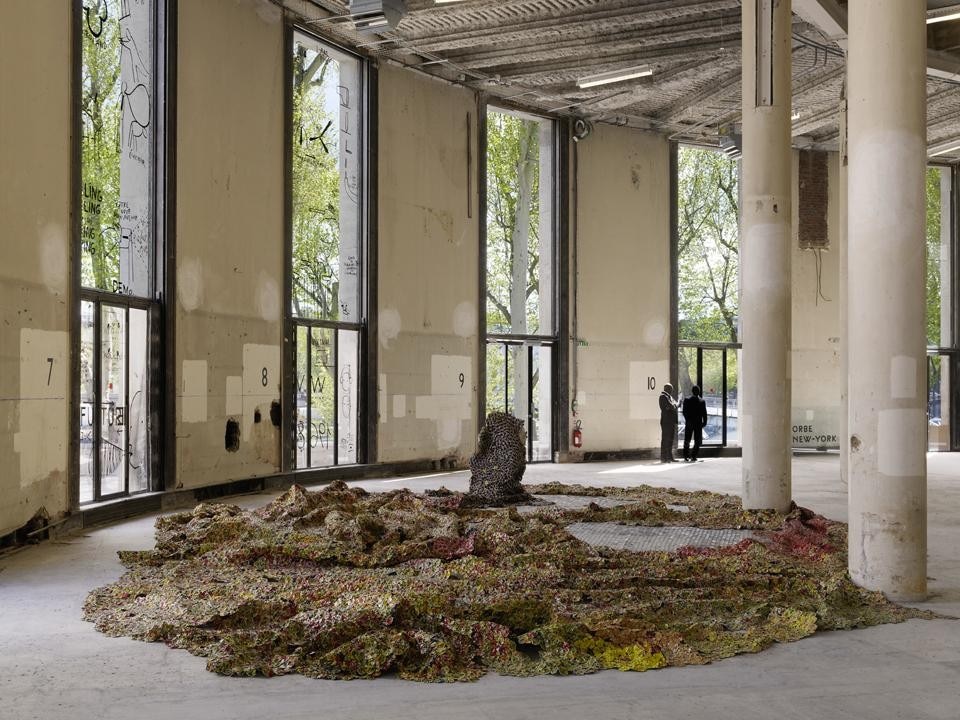
La Triennale: Intense Proximity
Palais de Tokyo, Bétonsalon – Centre for art and research, Centre d'art contemporain d'Ivry – le Crédac, Galliera, musée de la Mode de la Ville de Paris, Grand Palais, Instants Chavirés, Les Laboratoires d'Aubervilliers, Musée du Louvre
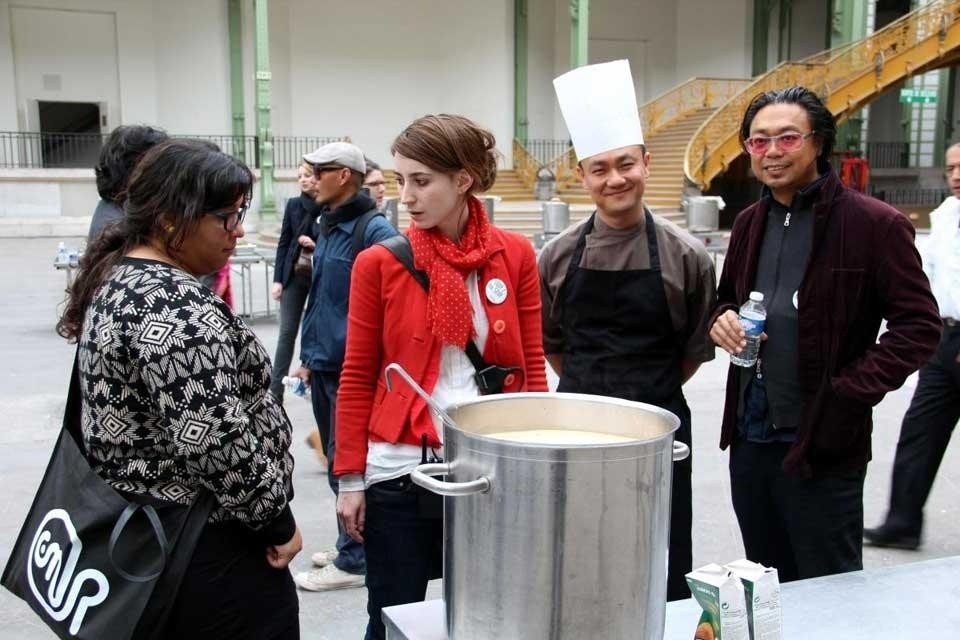
![Boris Achour, <em>Séances</em>, at Credac through 3 June 2012. Film still from <em>Naissance du mikado</em> [Mikado's birth], 2012. © Boris Achour
Boris Achour, <em>Séances</em>, at Credac through 3 June 2012. Film still from <em>Naissance du mikado</em> [Mikado's birth], 2012. © Boris Achour](/content/dam/domusweb/en/art/2012/04/27/paris-triennale-intense-proximity/big_381305_8303_web_achour-naissance-mikado1.jpg.foto.rmedium.jpg)


